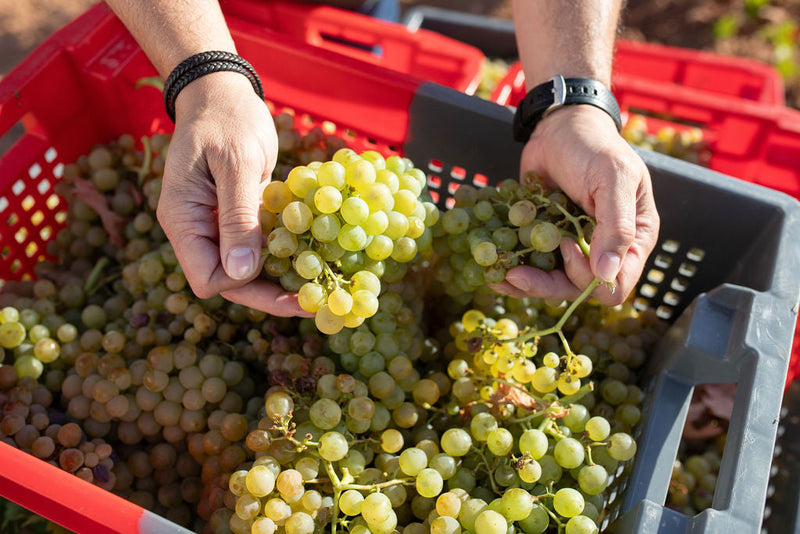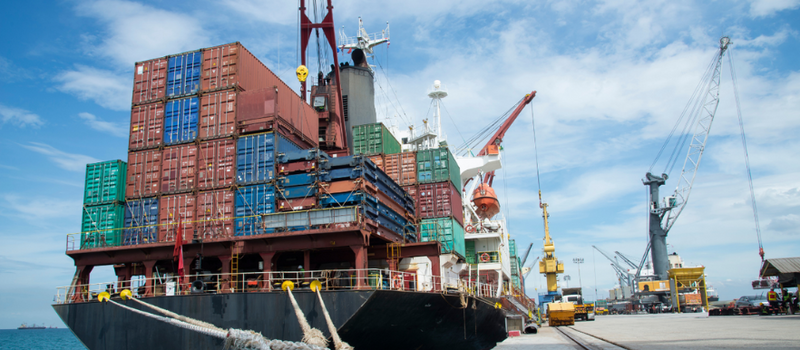In an increasingly complex global environment for wine trade, tariffs, taxes, and import regulations have become decisive factors when selecting strategic markets . One of the most representative cases is the United States, a country that, despite being one of the largest wine consumers in the world, has tax barriers that directly affect the competitiveness of European wines, and especially Spanish wines.
An attractive market, but increasingly less accessible
The United States has historically been a priority market for many wine producers, particularly due to its size, purchasing power, and openness to new trends. In 2024, the US remained the EU's largest wine export market, with wine shipments valued at €4.88 billion. Exports to the US accounted for 28% of the total value of EU wine exports. However, fiscal conditions have become increasingly stringent in recent years. Added to the already high logistics costs and regulatory requirements are federal and state taxes , as well as the residual effects of tariff measures that have made the import of European products more expensive.
In some states, such as New York and California, importers face tiered tax structures, specific licenses, and sales taxes that can exceed 20% of the final product value . The impact is significant for wines under Protected Designations of Origin (PDO) and Protected Geographical Indications (PGI), which offer higher quality and added value. Furthermore, the rules of the three-tier system (producer–distributor–retailer) continue to restrict direct commercial freedom, hampering smooth relationships between wineries and customers.
Impact on the Spanish wine sector
Spain , as the world's third-largest wine exporter , has seen in recent years how the competitiveness of its products has suffered in the U.S. compared to countries with more favorable bilateral agreements, such as Chile or Australia . Added to this is the fact that many small and medium-sized wineries, especially those with an artisanal or organic approach, find it difficult to cope with the additional costs and adapt quickly to the new demands of the U.S. market.
From a macroeconomic perspective, the value of Spanish wine exports to the U.S. has shown signs of stagnation or even decline in certain categories, especially bottled wines with designations of origin , where the final price is heavily penalized by the tax burden.
The case of Del Álamo Family Vineyards
At Del Álamo Family Vineyards , a family winery with its own vineyards and a clear focus on exports, we are fully aware of the challenges these dynamics pose. With a focus on organic, vegan, and modern wines, we have worked from the beginning to consolidate our international presence , exploring both established markets and new destinations with growth potential.
Given the unfavorable fiscal environment in the United States, we have intensified our exploration efforts in alternative markets where both quality and origin are valued, and where entry barriers are more accessible. Latin America, Eastern Europe , and Southeast Asian countries are showing growing interest in Spanish wine and offer more flexible conditions for commercial development, including lower tariffs, active trade agreements, and emerging consumer demand.
Diversification as a future strategy
Geographic diversification is more necessary than ever for Spanish wineries today. It's not just about seeking more sales, but also about protecting the business model from potential international imbalances . Trade tensions, logistics inflation, or tax changes, such as those being proposed in some US states regarding alcohol taxes, can jeopardize significant investments if dependence on a single market becomes excessive.
In this context, having a flexible export strategy based on risk analysis becomes a priority. For wineries like ours, it's essential not only to monitor economic data but also to listen to importers, adapt to local legal frameworks, and strengthen long-lasting and sustainable business relationships.
 Español
Español










